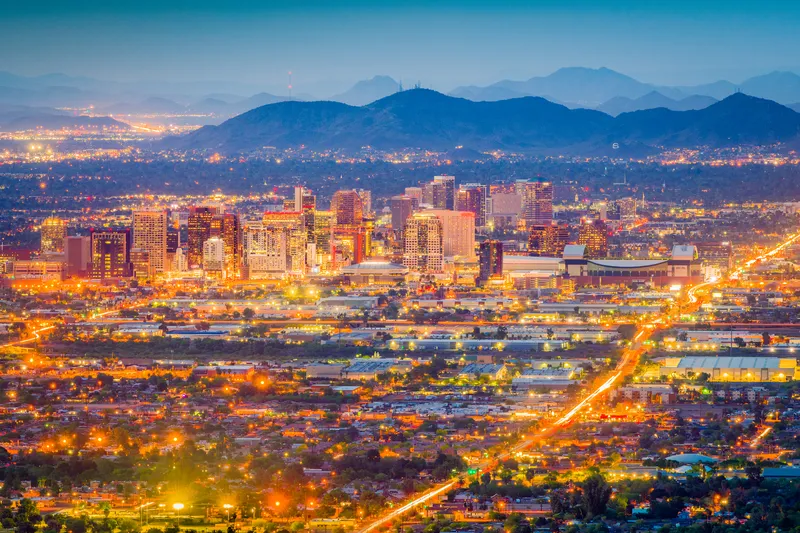Travelling in some Kerala State Road Transport Corporation (KSRTC) buses in Mysore, India, will now be hassle-free, thanks to the launch of what is said to be India's first Intelligent Transport System (ITS). The system will enable passengers across the city to have the arrival and departure of buses at their fingertips. It will cut down passenger waiting time provide details of bus movements either by sending an SMS or through the interactive voice response system (IVRS).
November 20, 2012
Read time: 2 mins
Travelling in some 6898 Kerala State Road Transport Corporation (KSRTC) buses in Mysore, India, will now be hassle-free, thanks to the launch of what is said to be India's first Intelligent Transport System (ITS).
The system will enable passengers across the city to have the arrival and departure of buses at their fingertips. It will cut down passenger waiting time provide details of bus movements either by sending an SMS or through the interactive voice response system (IVRS).
Deputy CM R Ashoka, who inaugurated the system, said Mysore is the first city in India to introduce ITS. "I dedicate the state-of-the-art facility to the passengers here. The city can now boast of this high-class and hi-tech bus service, which matches international standards," he added. "When I became transport minister, I took it as challenge to transform the transport facility in Karnataka. My college friends who have studied and settled abroad had teased me about the transport system here, by comparing it to the ones in foreign countries. But today, I can proudly say that I have achieved a milestone," Ashoka, who also holds transport portfolio, said.
The initiative is expected to address problems being faced by bus commuters, such as delays in the arrival of buses and lack of information about the subsequent stops.
The system will enable passengers across the city to have the arrival and departure of buses at their fingertips. It will cut down passenger waiting time provide details of bus movements either by sending an SMS or through the interactive voice response system (IVRS).
Deputy CM R Ashoka, who inaugurated the system, said Mysore is the first city in India to introduce ITS. "I dedicate the state-of-the-art facility to the passengers here. The city can now boast of this high-class and hi-tech bus service, which matches international standards," he added. "When I became transport minister, I took it as challenge to transform the transport facility in Karnataka. My college friends who have studied and settled abroad had teased me about the transport system here, by comparing it to the ones in foreign countries. But today, I can proudly say that I have achieved a milestone," Ashoka, who also holds transport portfolio, said.
The initiative is expected to address problems being faced by bus commuters, such as delays in the arrival of buses and lack of information about the subsequent stops.










